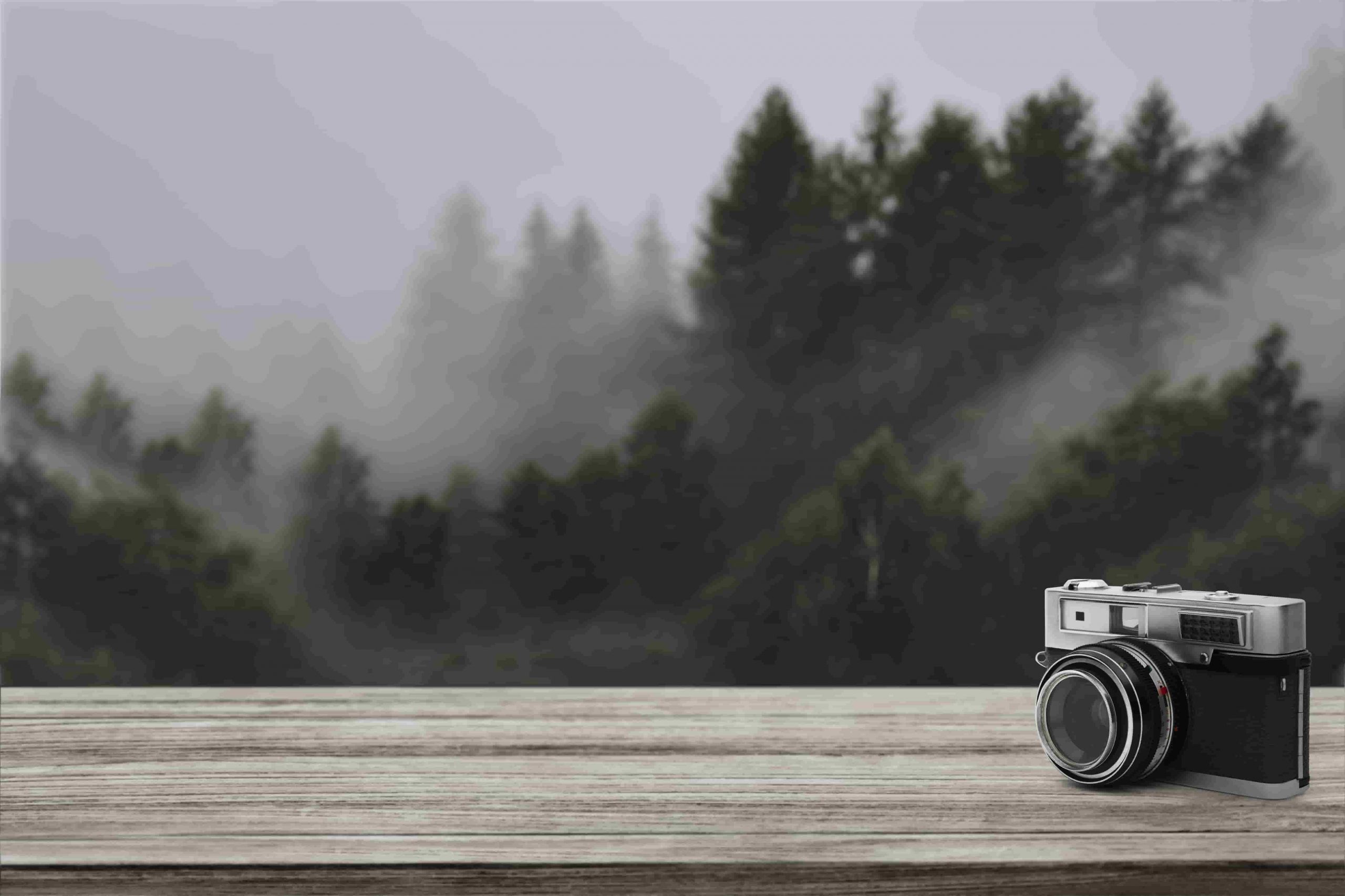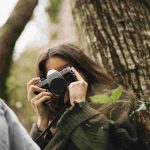
Venturing into the wild with your camera in hand isn’t just about capturing stunning landscapes and wildlife; it’s an adventure that combines the art of photography with the spirit of exploration. For photography enthusiasts and nature lovers, the intersection of these two passions offers countless opportunities to capture moments that speak volumes. This blog post is your guide to the essential gear that will take your outdoor photography to the next level, ensuring you’re well-prepared to seize those awe-inspiring shots nature has to offer. Along the way, we’ll explore the must-have equipment, accessories, and planning tips tailored for every outdoor adventurer.
The Essential Camera Gear
High-Quality Cameras for Different Environments
Selecting the right camera is crucial for outdoor photography enthusiasts. Your choice depends on the environments you plan to explore. For rugged terrains and unpredictable weather, a durable DSLR or mirrorless camera with weather-sealing capabilities is ideal. These cameras not only withstand harsh conditions but also deliver high-resolution images, capturing every detail of your surroundings. Brands like Canon, Nikon, and Sony offer models that cater to various needs, from professional-grade to more budget-friendly options.
Whether you’re hiking through dense forests or scaling rocky mountains, a high-quality camera ensures you won’t miss a moment. Consider models that offer exceptional low-light performance, as outdoor lighting can be unpredictable. Cameras with a fast autofocus system are also essential for capturing fleeting wildlife moments or dynamic landscapes. Remember, the right camera is an investment in your passion.
In addition to choosing a robust camera, learning the basics of manual settings can greatly enhance your outdoor photography. Understanding ISO, aperture, and shutter speed allows you to adapt to changing lighting conditions and experiment with creative control over your shots.
Versatile Lenses for Capturing the Perfect Shot
Lenses play a pivotal role in defining the quality and versatility of your outdoor photography. A wide-angle lens is perfect for expansive landscapes, allowing you to capture the grandeur of nature in a single frame. For close-ups of wildlife or capturing intricate details, a telephoto lens comes in handy. It lets you photograph subjects from a distance without disturbing them.
When selecting lenses, consider their aperture range. A lens with a wide aperture (e.g., f/1.8 or f/2.8) allows more light, making it ideal for low-light conditions such as dawn or dusk. Furthermore, lenses with image stabilization features are beneficial for minimizing blur, especially when shooting handheld in challenging terrains.
Investing in high-quality lenses is equally important as choosing the right camera. Look for lenses that are compatible with your camera body and offer versatility in focal lengths. This ensures you’re equipped to handle a variety of shooting scenarios, from vast landscapes to captivating wildlife portraits.
Durable Tripods for Stability in Any Terrain
Stability is key to capturing sharp images, especially in outdoor settings where uneven terrain can pose challenges. A sturdy tripod is an essential piece of gear for any outdoor photography enthusiast. Look for tripods made from lightweight yet durable materials like carbon fiber. These are easy to carry on long hikes and provide reliable support for your camera setup.
Tripods with adjustable legs and a ball head offer flexibility in positioning, allowing you to achieve the perfect angle for your shot. Whether you’re photographing a breathtaking sunset or a cascading waterfall, a tripod ensures your camera remains steady, even during long exposure shots. This stability results in crisp, clear images that truly capture the essence of the moment.
Consider tripods with additional features like a hook for adding weight for extra stability in windy conditions. Some models also offer detachable legs that double as monopods, providing versatility when space is limited or when you need to move quickly.
The Must-Have Accessories
Protective Cases and Bags for Gear Safety
Protecting your camera gear is paramount, especially when you’re traversing challenging outdoor environments. Invest in a high-quality camera bag or case that offers ample padding and compartments to keep your equipment safe from bumps and scratches. Look for bags with weather-resistant features, such as waterproof zippers and rain covers, to shield your gear from unexpected downpours.
Choose a bag that’s comfortable to carry for long periods, with adjustable straps and ergonomic designs. Backpack-style camera bags are ideal for distributing weight evenly, making them a popular choice among outdoor photographers. Additionally, ensure the bag has quick-access pockets, allowing you to retrieve your camera and accessories swiftly when the perfect shot presents itself.
For added protection, camera cases with hard exteriors provide an extra layer of defense against rough handling. These cases are particularly useful when traveling to remote locations where your gear might be subjected to more rigorous conditions.
Filters to Enhance Natural Lighting and Protect Lenses
Filters are versatile tools that not only enhance the quality of your images but also protect your lenses from dust and scratches. A polarizing filter is essential for outdoor photography, as it reduces glare and reflections from surfaces like water and glass, resulting in more vibrant colors and improved contrast.
Neutral density (ND) filters are invaluable for achieving long exposure shots in bright daylight. They reduce the amount of light entering the lens, allowing you to capture smooth, flowing motion in waterfalls, clouds, or ocean waves. Graduated ND filters are particularly useful for balancing exposure between the sky and the landscape, especially during sunrise or sunset.
UV filters serve as a protective layer for your lens, shielding it from dirt and minor impacts. While they do not significantly alter the image, their presence ensures your lens remains in pristine condition, extending its lifespan.
Remote Shutter Releases for Wildlife and Long Exposures
Remote shutter releases are essential for capturing wildlife and long-exposure shots without introducing camera shake. These handy devices allow you to trigger the shutter without physically touching the camera, ensuring maximum stability during the exposure.
For wildlife photography, a remote shutter release enables you to set up your camera and step back, minimizing disturbances to your subjects. This is particularly useful when photographing shy or elusive animals, allowing you to capture candid moments from a safe distance.
Long exposures, such as capturing star trails or light painting, benefit greatly from the use of a remote shutter release. Without having to touch the camera, you can maintain complete control over the exposure time, resulting in stunning, blur-free images that showcase the beauty of your surroundings.
Apparel and Safety Gear
The Best Clothing for Comfort and Functionality
Outdoor photography often requires spending extended periods in varying weather conditions. Dressing appropriately is crucial for comfort and functionality. Layering is key, allowing you to adjust your clothing to changing temperatures. Start with a moisture-wicking base layer to keep you dry, followed by insulating layers for warmth, and finish with a waterproof and windproof outer shell.
Opt for lightweight, breathable fabrics that allow for ease of movement. Quick-drying materials are essential, especially if you anticipate getting wet during shoots near water bodies. Don’t forget a hat and sunglasses to protect yourself from harsh sun rays, and consider gloves that provide dexterity for operating your camera.
Comfortable footwear is a must, especially if you’ll be hiking or walking long distances. Choose sturdy, waterproof hiking boots that provide excellent traction and ankle support, ensuring you can traverse rugged terrain safely.
Essential Safety Equipment for Remote Locations
Exploring remote locations for photography can be both thrilling and demanding. It’s vital to prioritize safety by carrying essential gear that prepares you for unexpected situations. A reliable navigation tool, such as a GPS device or map and compass, is crucial for staying on track, especially in unfamiliar areas.
A well-stocked first aid kit is indispensable for addressing minor injuries or ailments during your outdoor adventures. Include essentials like bandages, antiseptic wipes, pain relievers, and insect repellent. Additionally, pack a whistle and a flashlight with extra batteries for emergencies.
For longer excursions, a portable water filter or purification tablets ensure access to clean drinking water. High-energy snacks, like granola bars or trail mix, provide sustenance, keeping you fueled throughout your photography expeditions.
The Importance of Planning and Preparation
Research and Weather Considerations for Ideal Shots
Successful outdoor photography often hinges on careful planning and preparation. Before heading out, research your chosen location to familiarize yourself with its unique features and potential shooting angles. Online resources, guidebooks, and maps can provide valuable insights, helping you make the most of your visit.
Consider the weather conditions that may impact your photography. Check forecasts in advance and plan your trip around favorable weather patterns. Overcast skies can create soft, diffused lighting that’s perfect for capturing details, while sunrises and sunsets offer dramatic lighting for stunning landscapes.
Flexibility is key when dealing with unpredictable weather. Be prepared to adapt your plans and adjust your approach to take advantage of unexpected opportunities, such as a sudden storm clearing to reveal a breathtaking rainbow.
Packing Smart for Lightweight and Effective Photography
When venturing outdoors, packing smartly ensures you have everything you need without being weighed down. Prioritize essential gear and consider the specific requirements of your photography expedition. Create a checklist to ensure you don’t forget crucial items, and streamline your packing by opting for multi-purpose equipment.
Balance the weight of your gear with the duration and difficulty of your excursion. Pack only what you need, and consider using modular packing systems to organize your equipment efficiently. This way, you can access specific items quickly without unpacking everything.
Staying lightweight and agile allows you to move freely, enabling you to reach those perfect spots for your shots. Remember, less can be more when it comes to packing for outdoor photography.
Capture the Beauty of Nature with Confidence
Outdoor photography is a rewarding pursuit that combines creativity, adventure, and a deep appreciation for nature’s wonders. By equipping yourself with the right gear and knowledge, you’re well-prepared to capture breathtaking images that tell stories and evoke emotions.
Remember to plan diligently, pack thoughtfully, and prioritize safety during your photographic journeys. With each click of the shutter, you’re not just taking a picture; you’re preserving a moment in time that showcases the beauty and majesty of the great outdoors.
For those eager to further refine their skills, consider joining photography workshops or online communities where you can exchange tips and insights with fellow enthusiasts. The world of outdoor photography is vast and full of possibilities, so seize the opportunity to explore, create, and capture the magic of nature.





